Judge reverses Bloomington BZA on variance for downtown condos, orders re-hearing at next meeting

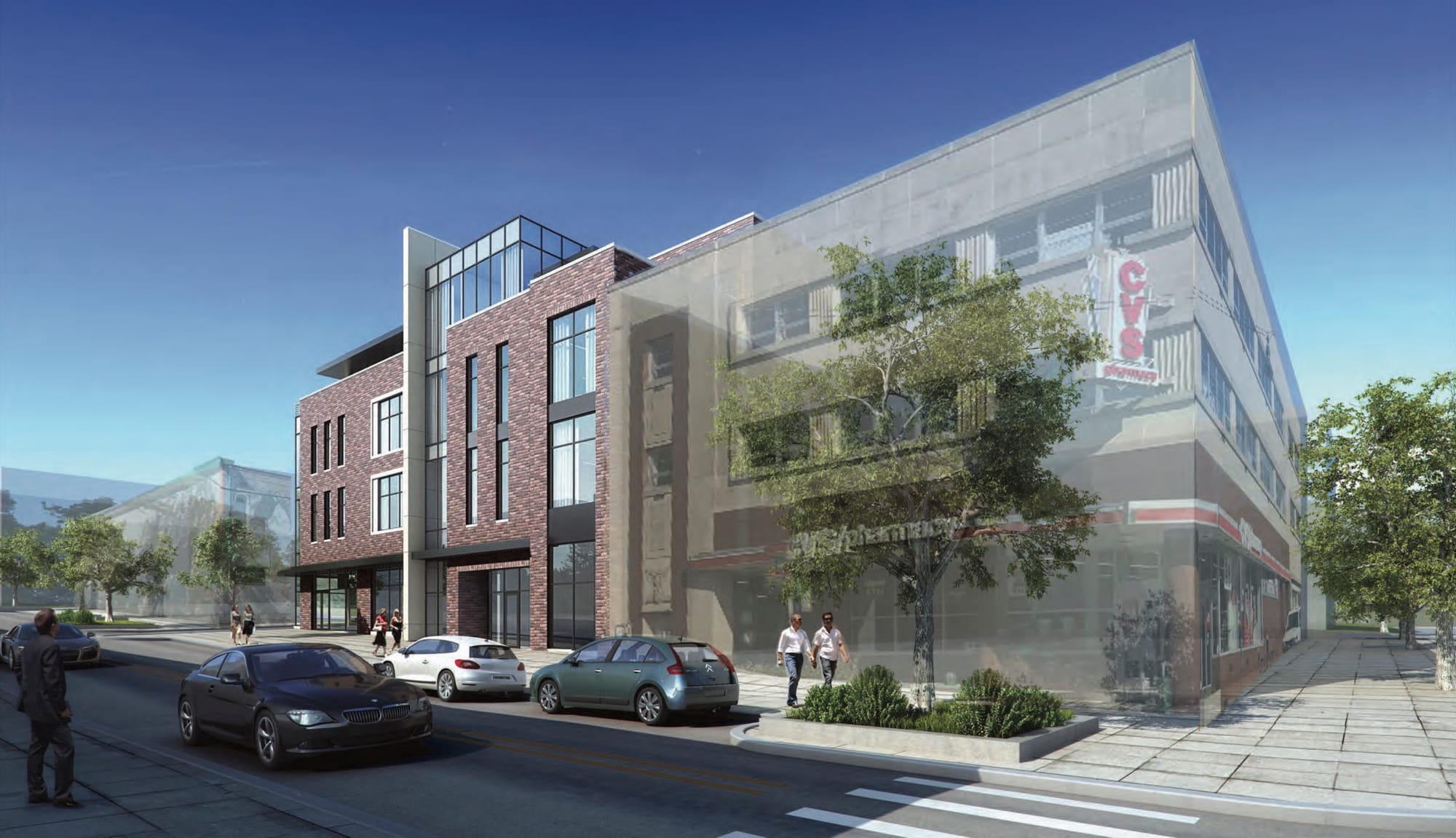
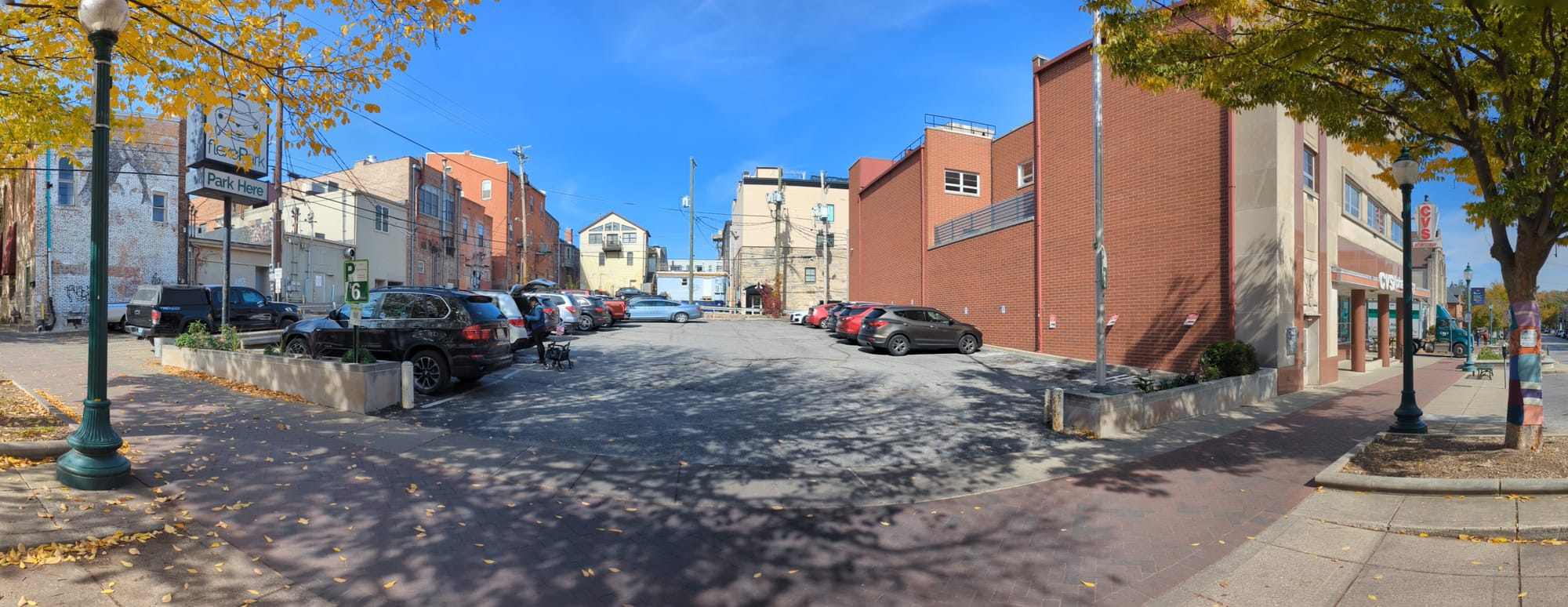

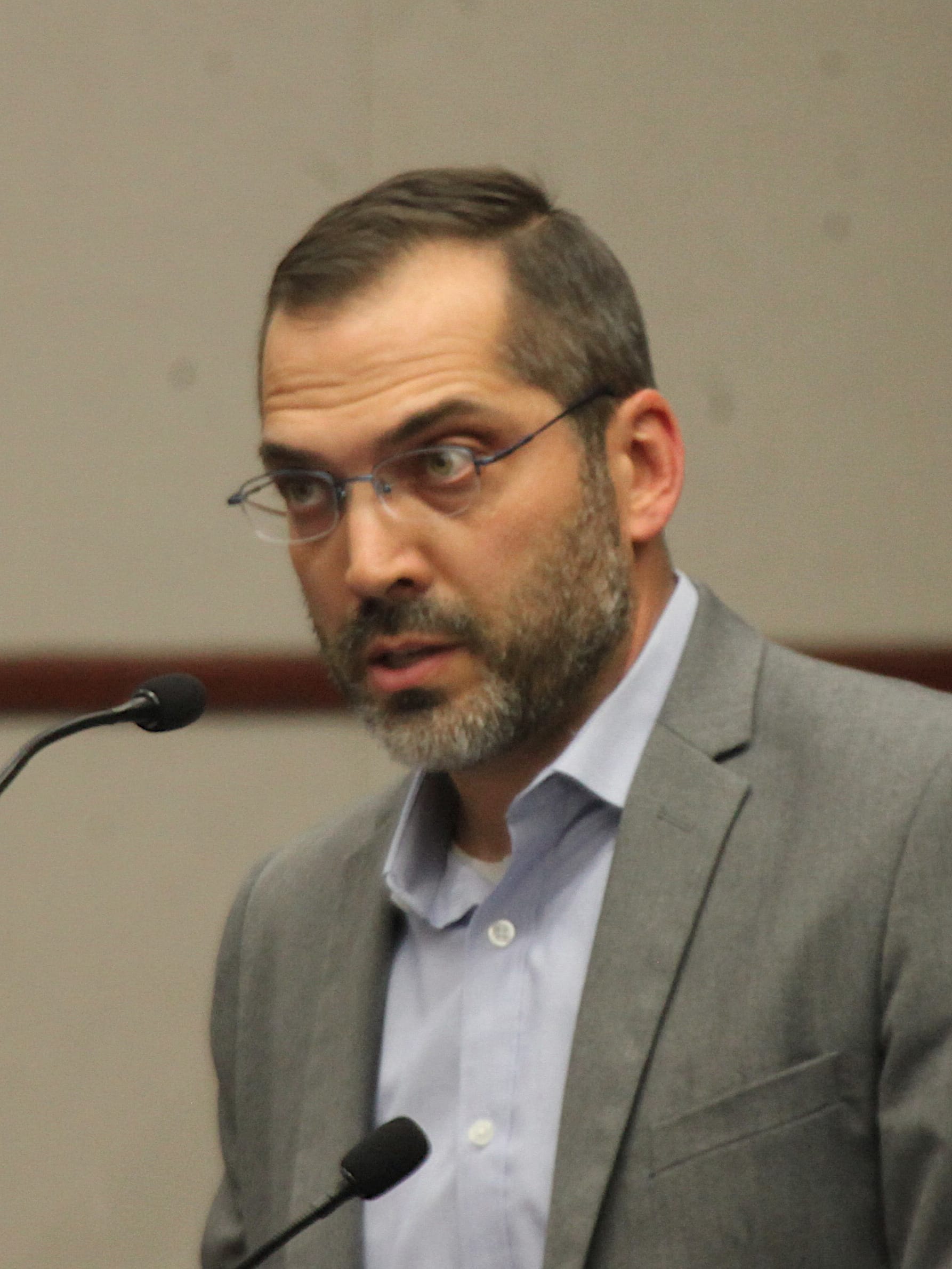
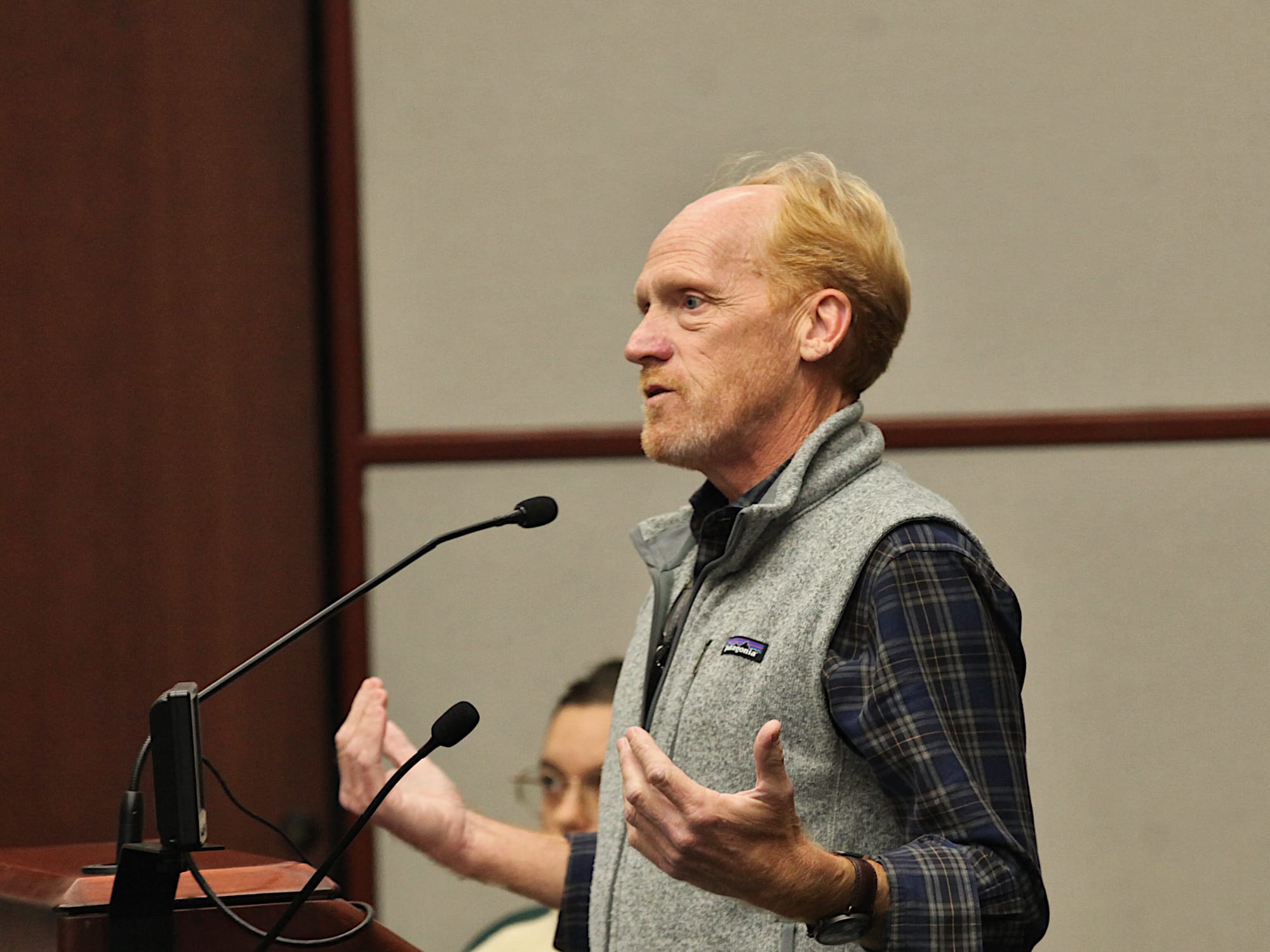
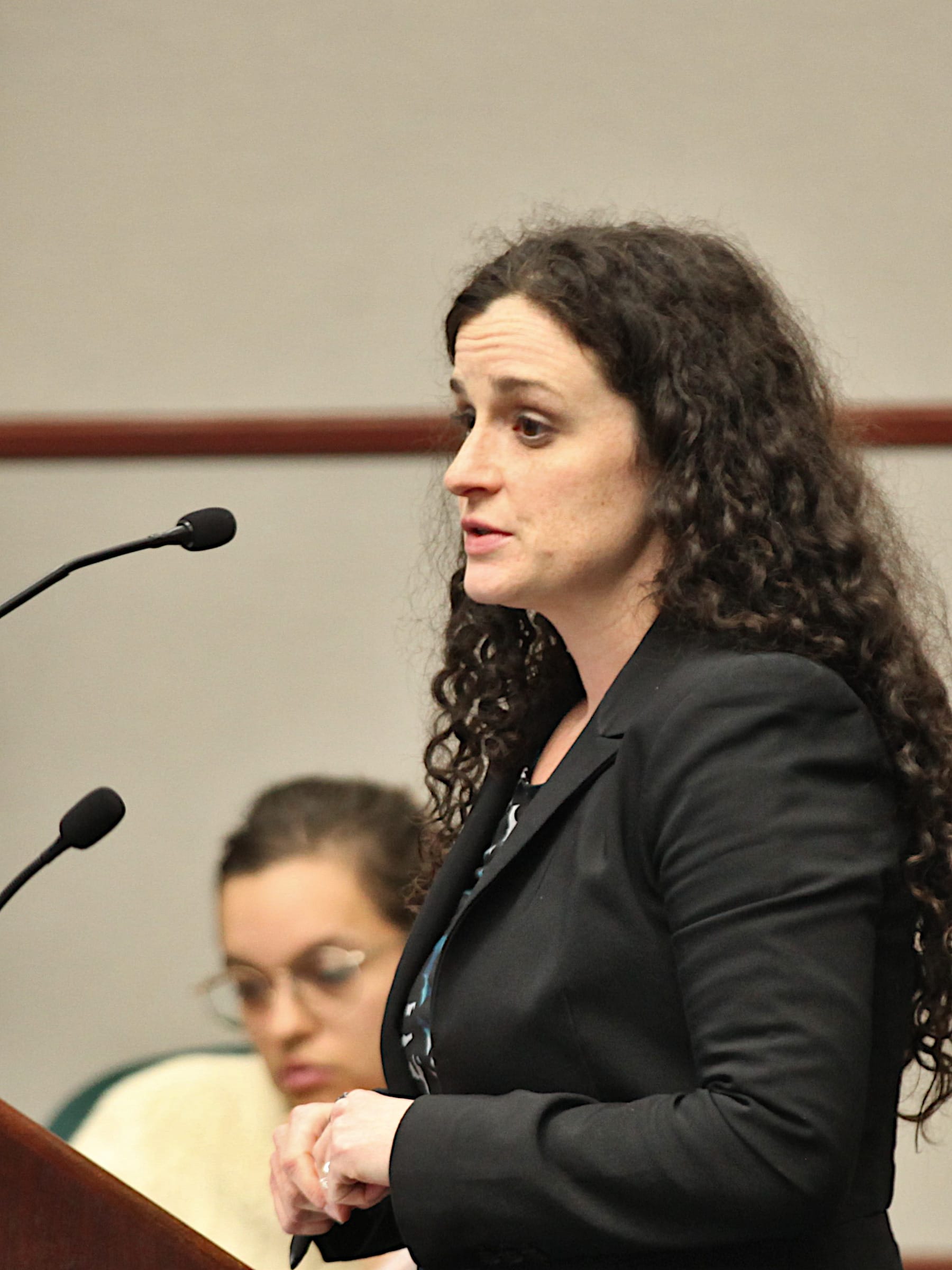
Monroe County circuit court judge Emily Salzmann has reversed last year’s decision by Bloomington’s board of zoning (BZA) to deny a variance for a proposed development on what is now a surface parking lot west of the CVS building on Kirkwood Avenue.
Developer Randy Lloyd’s Cutters Kirkwood 123 had proposed a four-story building with 15 owner-occupied condos on the site, which would have included just 19 percent of the ground floor as commercial space.
That’s why the BZA was asked to grant a variance from a requirement in Bloomington’s downtown overlay—that at least 50 percent of the ground floor square footage be designed for non-residential and non-parking uses.
The BZA denied the request of a variance at its Oct. 20, 2022 meeting. On Nov. 18, 2022, Lloyd filed a legal action for a judicial review of the BZA’s decision.
The order from Salzmann, which was issued on Tuesday, reverses the BZA’s denial. Tuesday’s order is based on a determination that the city’s legal department and planning staff gave BZA members incorrect advice about the factors that BZA members could consider, in their decision about whether to grant a variance.
So Tuesday’s order returns the question to the BZA “to be heard at their next meeting and decided on at that meeting.”
It’s not clear if “next meeting” means the Thursday, Nov. 16 meeting that is on the BZA’s calendar. Before publication, The B Square was not able to reach Bloomington planning department staff on the question of whether the Cutters variance would be heard and decided on Thursday.
As designed, the building would include about 20 parking spaces on the ground floor, with the garage entrance off the alley that runs north-south between Kirkwood Avenue and 6th Street.
Lloyd asked for the variance based in part on the idea that the proposed building included the minimum number of parking spaces to make the owner-occupied condos and retail space economically feasible.
A key idea, on which Tuesday’s ruling turned, was whether the developer’s goals could be taken into consideration when granting a variance.
In this case, Lloyd’s goal was to build condos, not rental apartments, which pointed to a provision of more parking spaces, instead of commercial space on the ground floor.
The criteria for granting a variance from requirements of the city’s unified development ordinance (UDO) are spelled out in Bloomington city code:
(1) The approval will not be injurious to the public health, safety, morals, and general welfare of the community; and
(2) The use and value of the area adjacent to the property included in the development standards variance will not be affected in a substantially adverse manner; and
(3) The strict application of the terms of this UDO will result in practical difficulties in the use of the property; that the practical difficulties are peculiar to the property in question; that the development standards variance will relieve the practical difficulties
Bloomington and Lloyd agreed that (2) was satisfied, but disagreed about points (1) and (3).
On point (3), the disagreement between Bloomington and Lloyd centered on the question: Can the practical difficulties associated with the owner’s development goals be considered when evaluating the criterion?
In support of including the developer’s goals in weighing whether to grant a variance, Lloyd’s attorney, Christine Bartlett, cited a 1985 court of appeals precedent. The court of appeals case includes the conclusion:
Other considerations in determining the existence of practical difficulties are whether the injury is self-created or self imposed and whether any feasible alternative is available, within the terms of the ordinance, which achieve the same goals of the landowner.
In one of Bloomington’s filings the city tried to argue against the idea that the developer’s goals could factor into the mix:
In the Petitioner’s [Lloyd’s] preferred formulation, a BZA would (1) look at a proposed development and the developer’s stated goals and if the BZA determined that (2) the developer’s goals could only be achieved by disregarding applicable zoning laws, then (3) the BZA would be required to find that the third criterion was satisfied.
This simply cannot be the law. This formulation renders the third, practical difficulties criterion vacant.
Tuesday’s order picks up on the phrase “simply cannot be the law.” Salzmann relies on the precedent cited by Bartlett to conclude:
Regardless of whether the BZA believes that this interpretation “simply cannot be the law,” the appellate court clearly states that it is.
Salzmann’s order continues:
It is noted in the cases to which the BZA cites repeatedly that the goals of the landowner can be considered in evaluating the “practical difficulties” prong. If this were a matter of the City legal and staff not affirmatively advising the BZA that they could consider the goals of the landowner, it may be a different case. However, in this instance, the BZA was advised that they explicitly could not consider this matter.
Oral arguments were heard in front of Salzmann on Aug. 11, with city attorney Mike Rouker arguing the Bloomington BZA’s side. During his remarks Rouker did not take up the question of how the precedents about a developer’s goals impacted the BZA’s legal position.
If the Cutters Kirkwood 123 variance request is re-heard at Thursday’s BZA meeting, the posted agenda will likely be altered to reflect its addition. But it’s not certain where it would be slotted in the order of business.
The BZA meeting, on Thursday, Nov. 16, starts at 5:30 p.m. in city council chambers.




Comments ()